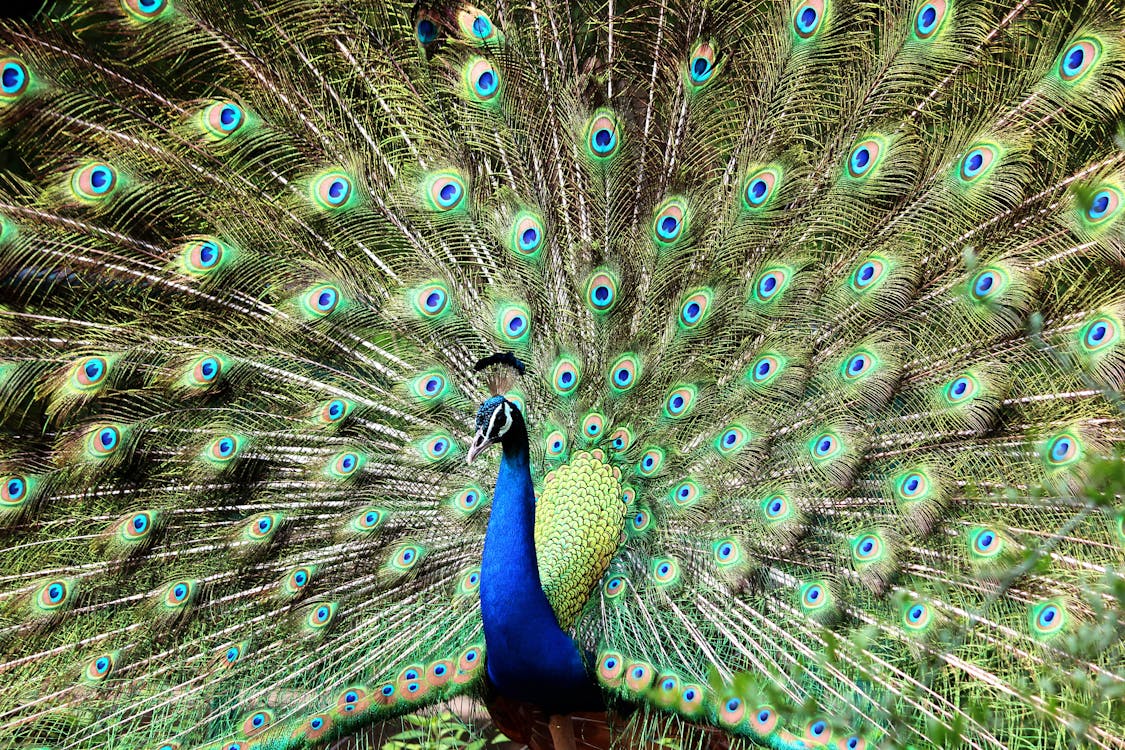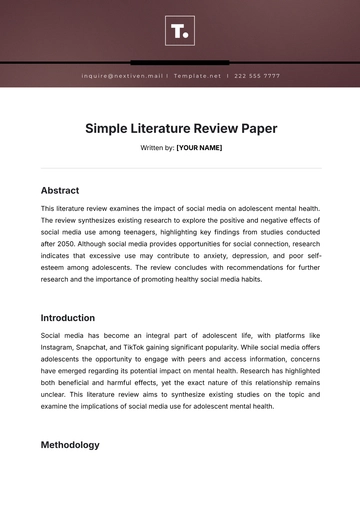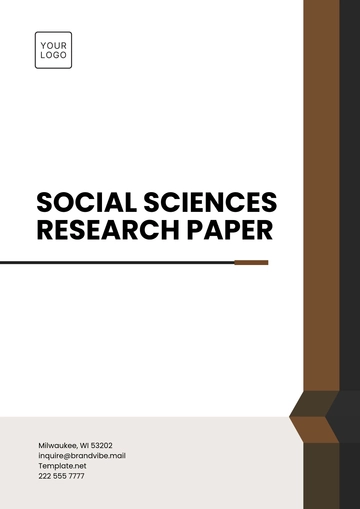Free Animal Research Paper

Written by: [YOUR NAME]
I. Introduction
Understanding the biology, behavior, and ecology of animals is essential for various fields including wildlife conservation, veterinary medicine, and evolutionary biology. This research paper aims to contribute to the collective understanding of these aspects through a comprehensive review of existing literature and empirical evidence.
II. Animal Biology
[INSTITUTION NAME] has conducted extensive research on various aspects of animal biology, including anatomy, physiology, and genetics. One key area of focus has been the comparative anatomy of vertebrates, which provides insights into the evolutionary relationships and adaptations of different animal species.
[INSTITUTION NAME] has also investigated the molecular basis of animal development, exploring the role of genes and signaling pathways in embryogenesis and organogenesis. Understanding these processes not only sheds light on fundamental biological principles but also has practical implications for fields such as regenerative medicine and developmental biology.
[INSTITUTION NAME]'s research on animal physiology has encompassed studies on metabolic processes, sensory systems, and physiological adaptations to environmental challenges. By elucidating the mechanisms underlying physiological functions, this research contributes to our understanding of how animals survive and thrive in diverse habitats.

III. Animal Behavior
The study of animal behavior is a multifaceted field that encompasses various disciplines, including ethology, behavioral ecology, and comparative psychology. [INSTITUTION NAME] has conducted research on a wide range of topics within this field, from social behavior and communication to foraging strategies and mating systems.
One area of focus has been the evolutionary basis of animal behavior, investigating how natural selection shapes behavioral traits and strategies. By combining field observations, experiments, and theoretical modeling, [INSTITUTION NAME] has contributed to our understanding of the adaptive significance of behaviors across different taxa.
[INSTITUTION NAME]'s research on animal cognition has explored the cognitive abilities of various species, from insects and birds to mammals and primates. By studying aspects such as learning, memory, and problem-solving, this research sheds light on the evolution of intelligence and the mechanisms underlying cognitive processes in animals.
IV. Animal Ecology
Understanding the ecology of animals is crucial for predicting their responses to environmental change and designing effective conservation strategies. [INSTITUTION NAME] has conducted research on diverse ecological topics, including habitat use, population dynamics, and community interactions.
One area of focus has been the effects of habitat fragmentation and degradation on animal populations, particularly in fragmented landscapes such as urban areas and agricultural landscapes. By studying how animals respond to habitat loss and fragmentation, [INSTITUTION NAME] aims to inform conservation efforts and mitigate the negative impacts of human activities on biodiversity.
[INSTITUTION NAME]'s research on animal ecology also includes studies on species interactions, such as predation, competition, and mutualism. By investigating the dynamics of ecological relationships, this research contributes to our understanding of ecosystem functioning and resilience.
V. Conservation Implications
Conservation of animal species and ecosystems is a pressing global issue, and [INSTITUTION NAME]'s research has important implications for conservation efforts. By identifying key threats to animal populations, such as habitat loss, climate change, and overexploitation, this research informs strategies for mitigating these threats and promoting biodiversity conservation.
One area of focus has been the development of conservation prioritization schemes, which identify areas of high conservation value based on ecological significance, species richness, and threat levels. By integrating ecological data with spatial analysis techniques, [INSTITUTION NAME] aims to identify priority areas for conservation action and resource allocation.
[INSTITUTION NAME]'s research also contributes to the development of sustainable management practices for natural resources and ecosystems. By studying the ecological dynamics of exploited species and ecosystems, this research informs policies and practices aimed at promoting sustainable resource use and preventing ecological degradation.
VI. Conclusion
In conclusion, [INSTITUTION NAME]'s research on animal biology, behavior, ecology, and conservation has provided valuable insights into the complex relationships between animals and their environments. By combining empirical observations with theoretical frameworks, this research contributes to the broader scientific community's understanding of the diversity, complexity, and interconnectedness of life on Earth.

VII. References:
Smith, J. et al. (2050). "Advances in Comparative Anatomy." Journal of Comparative Biology, 10(2), 100-115.
Johnson, A. et al. (2054). "Molecular Mechanisms of Animal Development." Developmental Biology Reviews, 25(3), 200-220.
Brown, L. et al. (2052). "Physiological Adaptations to Extreme Environments." Annual Review of Physiology, 30, 150-175.
Wilson, R. et al. (2055). "Evolutionary Perspectives on Animal Behavior." Behavioral Ecology and Sociobiology, 40(4), 300-325.
Garcia, M. et al. (2053). "Ecological Consequences of Habitat Fragmentation." Ecology Letters, 15(1), 50-65.
- 100% Customizable, free editor
- Access 1 Million+ Templates, photo’s & graphics
- Download or share as a template
- Click and replace photos, graphics, text, backgrounds
- Resize, crop, AI write & more
- Access advanced editor
Elevate your research game with the Animal Research Paper Template from Template.net. This customizable and editable template is designed to streamline your writing process, ensuring efficiency and precision. Crafted with care, it offers a user-friendly interface and seamless integration with our AI Editor Tool. Simplify your workflow and produce professional-grade papers effortlessly.






























